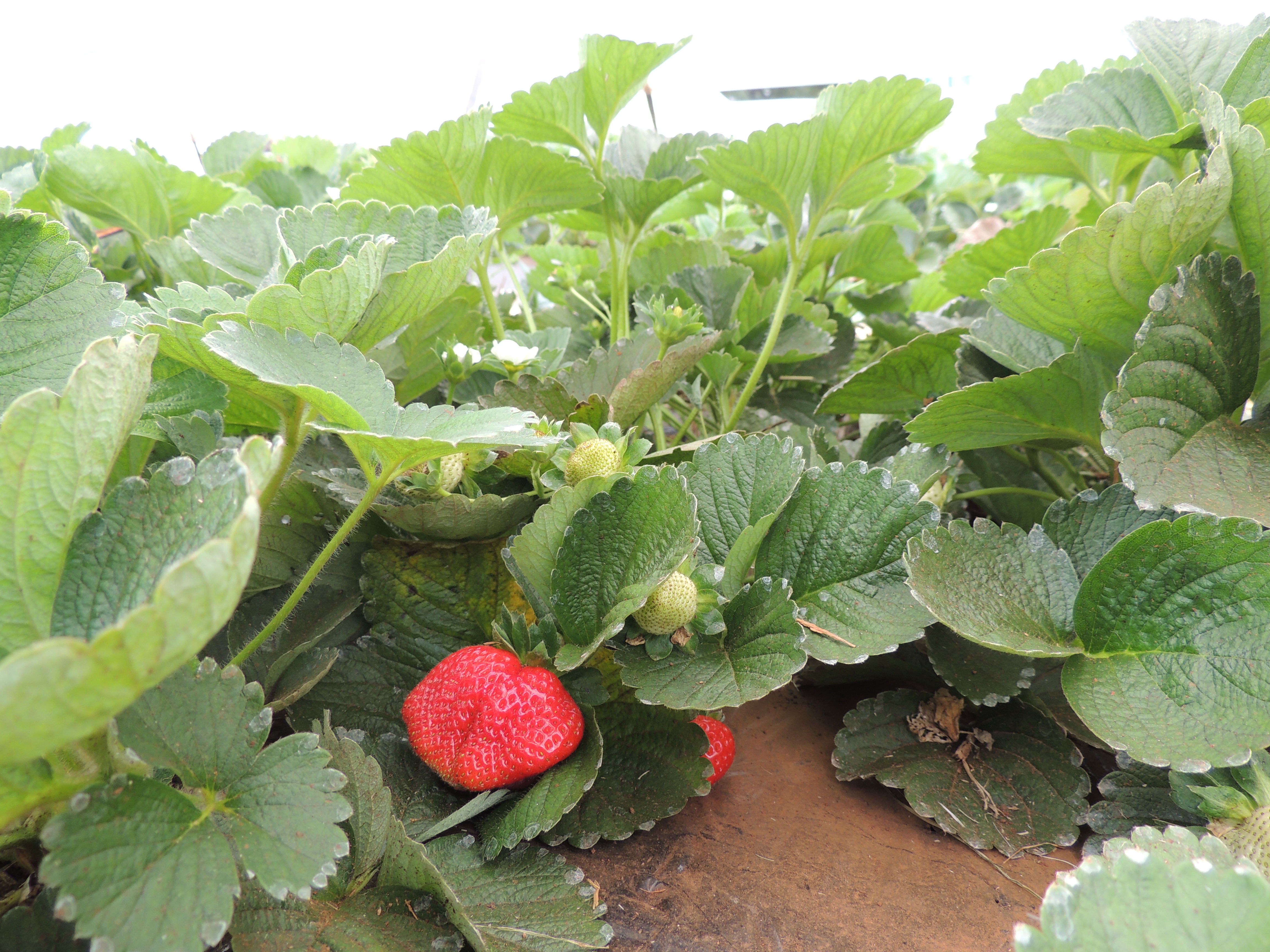Camino Real and Camarosa strawberries in reduced plant spacing
DOI:
https://doi.org/10.22491/RAC.2019.v32n3.12Keywords:
Fragaria x ananassa, density, yield, growthAbstract
The strawberry cultivars Camino Real and Camarosa are widely cultivated in Brazil, but they differ in vigor of plants. The objective of this work was to evaluate the hypothesis that they respond differently to reduction in plant spacing and the cultivar ‘Camino Real’ can be planted in higher plant densities with gains in yield. Experiments were conducted in three harvest seasons testing both cultivars in spacing of 30cm between rows and 20 to 40cm between plants. The berries production, precocity, vegetative growth, soluble solids content and phytosanitary losses were evaluated. The cultivars responded differently to the spacing, with higher yield per m² with smaller spacing. Nevertheless, no effect of spacing was found on soluble solids and phytosanitary losses. It is concluded that ‘Camarosa’ and ‘Camino Real’ respond differently to reduction in plant spacing, but smaller spacing increases yield of both, with no effect on soluble solids content nor in losses due to pests in fruits.
Metrics



